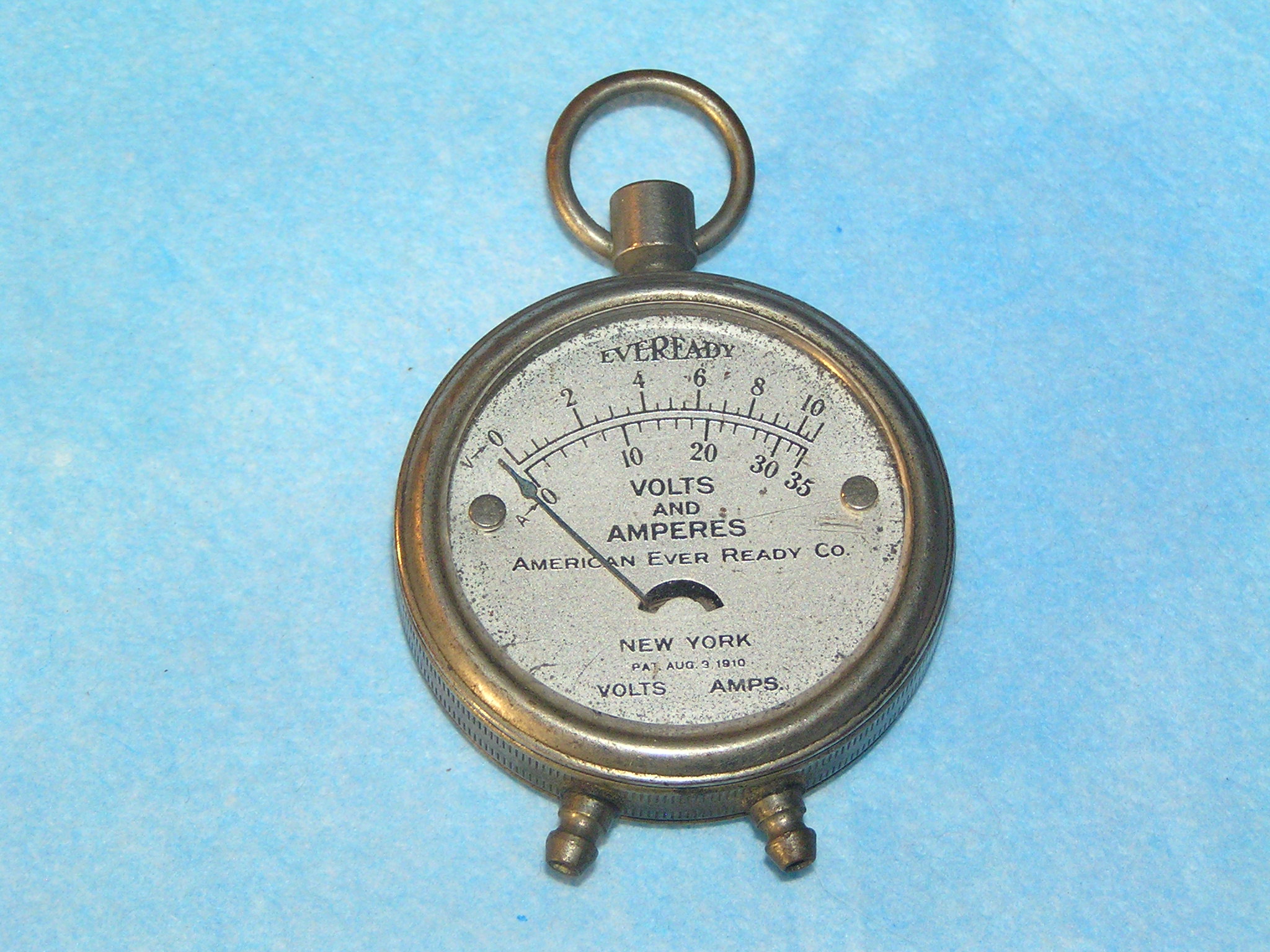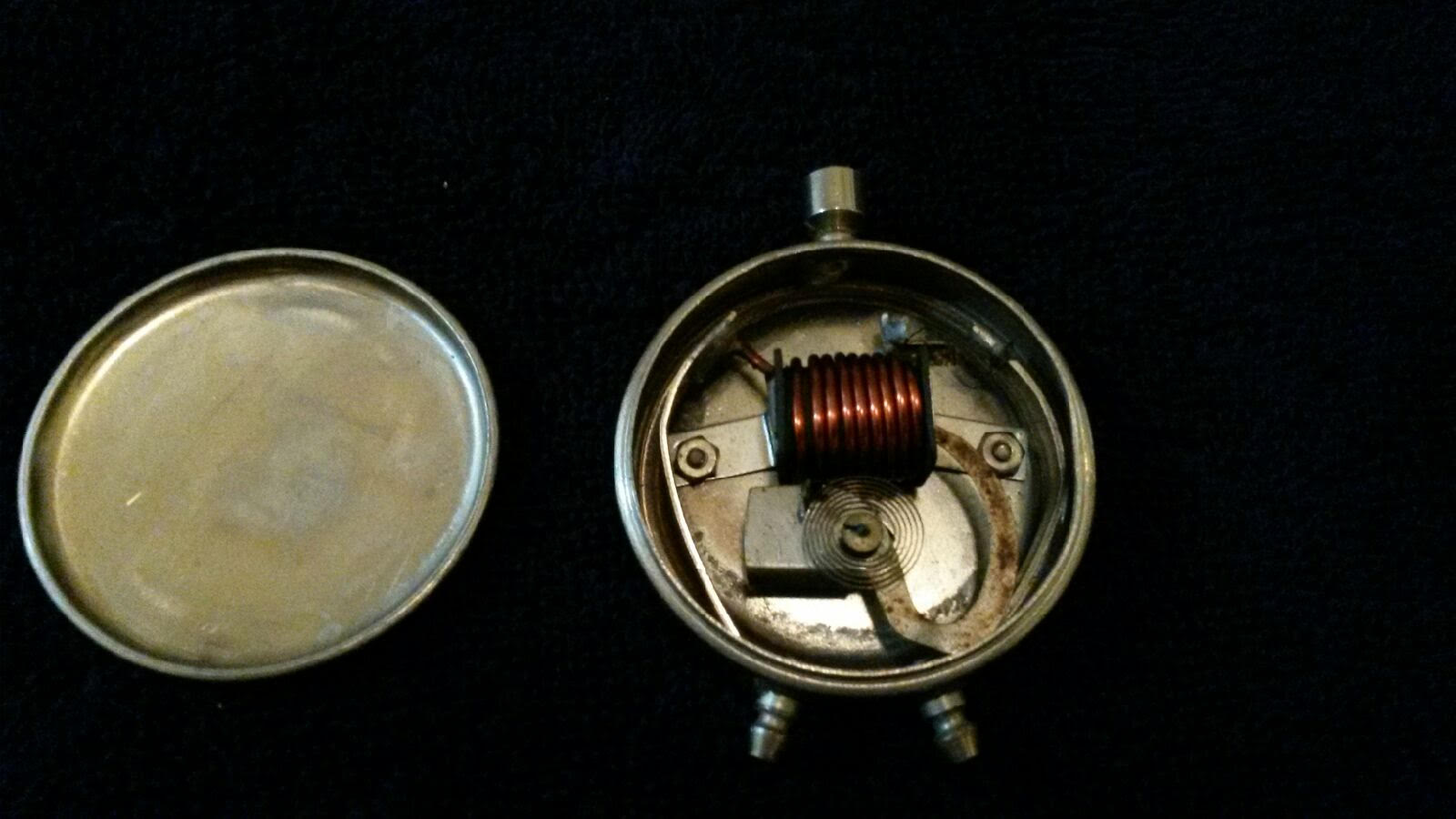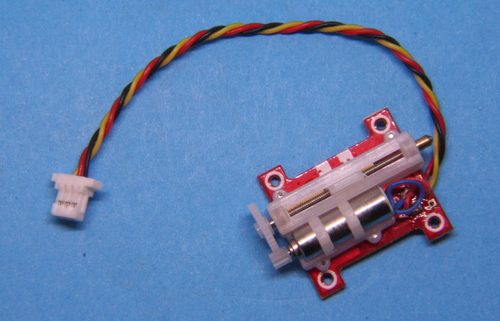Drunkskunk
100 GW
So I picked up a 100 year old volt meter to use as a battery gauge on my steampunk bike, and I have a few questions someone here might know the answer to.
The case is a pocket watch style case, with no obvious seams. I need to get it open, as it seems to stick. I also need to modify it a little. Anyone know how?
The other problem I have right now is offsetting the voltage range for this to work. My bike runs 12s, so 50.4v full charged, and about dead at 40v. That's a ~10 volt sweep, and this is a 10 volt gauge. Perfect. Except I need to ignore 40 volts. I can build a Zener diode circuit to cut off 40 volts, but the amp draw would be higher than I want. Any one have suggestions on a low power circuit that can read volt for volt at 40 to 50 volts?

The case is a pocket watch style case, with no obvious seams. I need to get it open, as it seems to stick. I also need to modify it a little. Anyone know how?
The other problem I have right now is offsetting the voltage range for this to work. My bike runs 12s, so 50.4v full charged, and about dead at 40v. That's a ~10 volt sweep, and this is a 10 volt gauge. Perfect. Except I need to ignore 40 volts. I can build a Zener diode circuit to cut off 40 volts, but the amp draw would be higher than I want. Any one have suggestions on a low power circuit that can read volt for volt at 40 to 50 volts?




